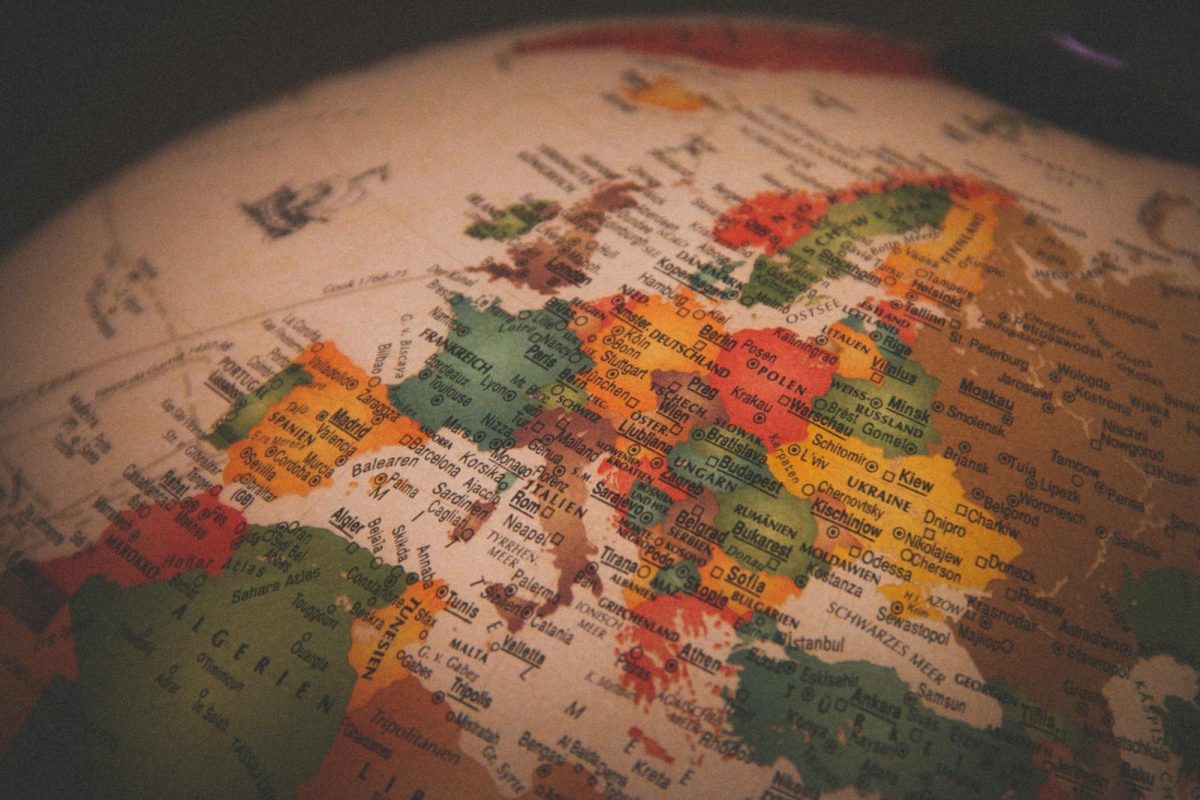It’s 2024, and global tensions are at their highest level since World War II. European countries are ramping up arms production, extremism in the Middle East is rising, and in Asia, militaries are expanding and modernizing.
What is causing these tensions? Will they continue to grow? Is a global conflict on the horizon? Those are some of the questions considered in this series of articles. This initial piece will focus on European tensions and their ramifications.
AFTERMATH OF THE COLD WAR
Since the collapse of the Soviet Union and the end of the Cold War, European countries had been slowly downsizing their militaries, as the cost of maintaining militaries became too expensive compared to the defense benefits they provided.
During this time, the most notable European conflict was in the Balkans. In 1991, a brutal conflict would erupt in Yugoslavia after the cessation of Slovenia, Croatia, Bosnia, and Kosovo from the union. These wars of independence would last for nearly a decade, with unfathomable human casualties.
CHANGES
After the dissolution of the USSR, Russia began a slow march towards democracy, and trade links between Eastern and Western Europe were being reforged. Cheap gas from Russia, delivered through international pipelines, would become a vital source of energy for many European countries such as Germany.
Germany, in particular, was a major importer of Russian gas, importing 55% of its gas from Russia before the war in Ukraine started.
Politically, European countries grew closer to Russia for a while as well. Increased economic cooperation between Russia and Europe facilitated opportunities for the relaxation of past political differences.
However, as Russia gained Europe’s trust, it would begin exerting more control and influence over its neighboring countries, most of which were former members of the USSR.
Tensions in Europe came to a head during the first and second Chechen Wars (1994/1999), and the Russo-Georgian War (2008).
Russian actions escalated in 2014, when the Russian military annexed the Crimean Peninsula from Ukraine. Russia took advantage of internal conflict in the European Union, anticipating a delayed international response to their aggression. Their expectations of a subdued reaction were ultimately met; in the immediate aftermath of the annexation, the EU opted to take diplomatic action rather than intervene directly.
However, the annexation of Crimea marked a turning point in the trajectory of European relations with Russia. They shifted from cooperation toward hostility, with the mass leveling of international sanctions on Russia.
Russia’s encroachment on Ukrainian territory culminated in February 2022, when it launched a full-scale invasion of Ukraine. The invasion forced a firmer reaction from the EU and NATO, and member nations have supported Ukraine by sending military equipment to sustain the war.
REMILITARIZATION
The war in Ukraine has depleted European military stockpiles, leading to a demand for additional production of ammunition and arms to retain enough firepower.
There has also been increased scrutiny of the ability of European armed forces to defend their own countries should a war with Russia happen, whether it be from an escalation in Ukraine or Russia initiating a conflict with a NATO member. Because of this, there has been renewed interest and investment into newer military systems.
For example, next generation fighter jet programs are gaining traction in Europe. Most notably, the U.K., Italy, and Japan are cooperating on the Global Combat Air Programme and France, Germany, and Spain have partnered to develop the Future Combat Air System. The programs aim to roll out their new fighters by 2035 and 2040, respectively.
These programs represent the distance many European countries are putting between themselves and the U.S. defense sector. The unwillingness of American defense officials to provide sensitive information and systems, especially those pertaining to fighter jet technology, has forced European nations to move ahead on their own projects independent of American manufacturers.
In the past, especially since the end of WW2, American military influence in Europe loomed large. European countries were heavily reliant on American military equipment, presence, and nuclear umbrella. Before the Berlin Wall fell in 1989, as many as 250,000 soldiers were stationed in what was formerly West Germany. In 2024, that number has fallen to 50,000, although U.S. troop presence in Germany has been on the rise since 2018.
Continued American support in Europe is becoming less likely, however, as political fragmentation and the increasing threat of China forces a reorganization of priorities within the U.S. Government.
Currently, there is a split in American politics regarding aid to Ukraine. An increasing number of Republicans are advocating for ceasing aid to Ukraine, including former President Donald Trump. This bipartisan split and its effects are something that will be explored later in this series.
THE FUTURE
The EU’s current response to increased aggression in the region is rooted in the fear of a significant Russian escalation in Ukraine, along with the fear of not being able to adequately deal with the realities further escalation may cause.
On a wider level, recent developments point toward a European renewal of military modernization and expansion efforts to combat an increasingly unstable Russia. It is also clear that Europe is moving away from dependence on American soldiers and equipment to become more self-reliant, especially as continued American support in Europe becomes less likely.


